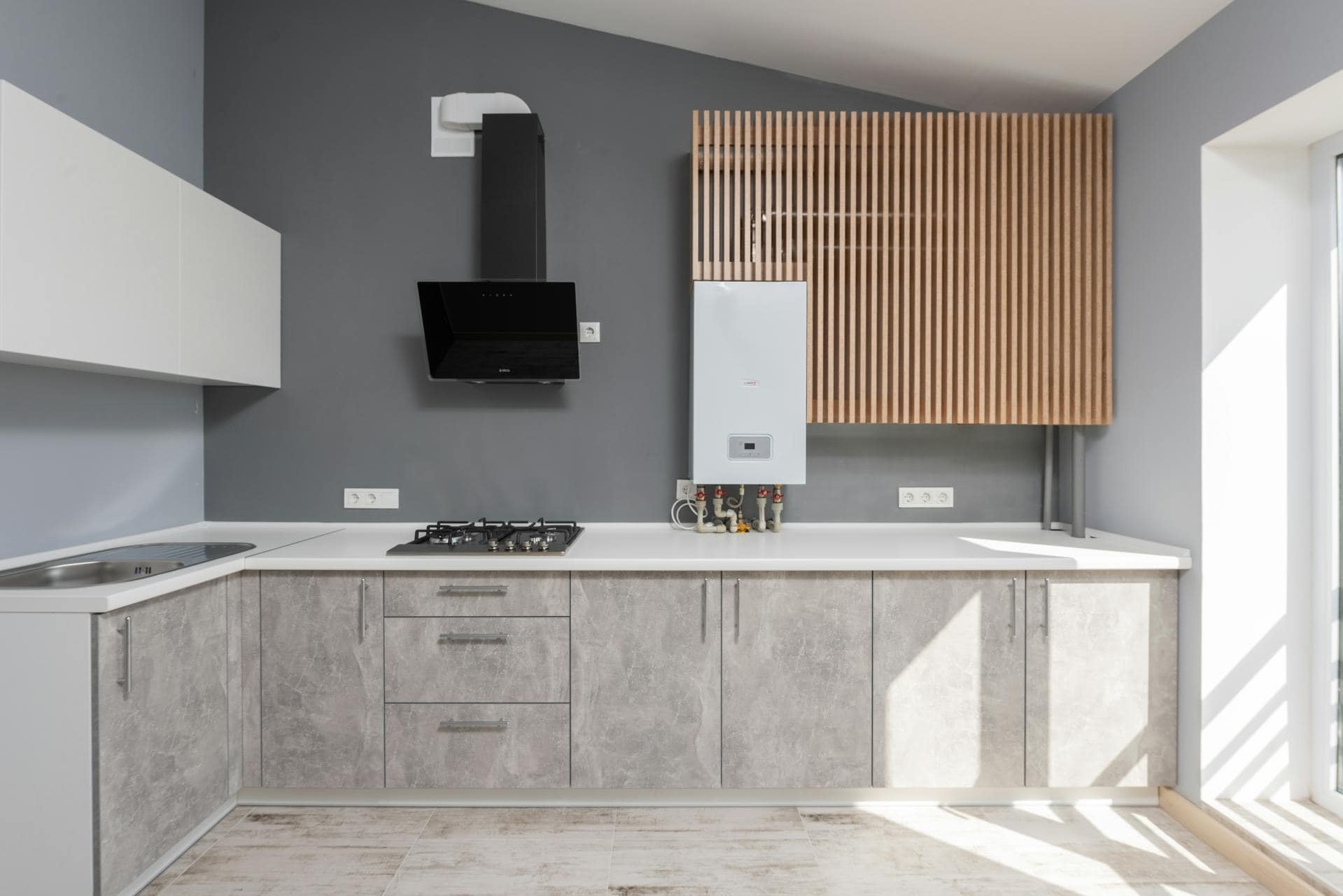
Question: Does a cooktop need a vent?
Answer: While not always legally required, a vent is highly recommended for all cooktops. It removes smoke, grease, and odors, improving indoor air quality and protecting your kitchen from damage.
Cooktop Ventilation: Essential or Optional?
A cooktop adds style and function to kitchens. But a common question arises: does a cooktop need a vent? This article explores cooktop ventilation, examining its importance and offering clear answers to common questions. We’ll discuss various vent types and help you choose the best option for your cooking space.
Understanding Cooktop Ventilation
Cooktops produce heat, steam, and sometimes smoke. Proper ventilation removes these byproducts, creating a healthier and more comfortable cooking environment. Without a vent, these elements can linger, impacting indoor air quality and potentially damaging your kitchen.
Effective ventilation improves air quality by removing airborne grease, combustion products, and odors. It reduces moisture, preventing mold growth and protecting cabinets from steam damage. A good vent also helps keep the kitchen cooler and more pleasant during cooking.
Ventilation is especially important for gas cooktops, which produce combustion byproducts like carbon monoxide and nitrogen dioxide. Electric cooktops generate less heat and fewer byproducts, but proper ventilation remains beneficial for removing cooking odors and steam.
Click here to read more about Blue Kitchen Refacing
Related Article: How Do I Stop Cold Air From Coming Through My Kitchen Fan?
Related Article: How Do You Ventilate a Basement Kitchen?
Local Building Codes and Regulations
Building codes often mandate specific ventilation requirements for cooktops, especially gas cooktops. These codes vary by location and ensure safe ventilation practices. Check your local building codes before installing a new cooktop or vent.
Failure to comply with building codes can result in fines or even legal action. Proper ventilation helps protect your home from fire hazards and ensures a healthy indoor environment.
Consulting with a qualified contractor can help ensure compliance with all applicable regulations. They can advise on the best ventilation solution for your specific kitchen layout and cooking habits.
Choosing the Right Vent for Your Cooktop
Choosing the right vent involves considering factors like cooktop type, cooking style, and kitchen layout.
Cooktop Type:
Gas cooktops generally require stronger ventilation than electric cooktops.Cooking Style:
Frequent cooks who prepare elaborate meals will benefit from a high-powered vent.Kitchen Layout:
Island cooktops require downdraft or overhead vents, while standard cooktops typically use updraft vents.
Assess your needs carefully to select the most suitable vent type and size for your kitchen.
Vent Maintenance and Cleaning
Regular maintenance keeps your vent operating efficiently. Clean filters regularly to prevent grease buildup and ensure proper airflow. Regular cleaning also improves the vent’s performance and prolongs its lifespan.
Refer to the manufacturer’s instructions for specific cleaning recommendations. Neglecting vent maintenance can lead to reduced performance and potential fire hazards.
Clean or replace filters as needed, typically every few months depending on usage. Wipe down the exterior surfaces of the vent regularly to remove grease and grime.
Does a Cooktop Need a Vent? – The Verdict
While not always strictly required for electric cooktops, a vent significantly improves any kitchen’s air quality, safety, and comfort. For gas cooktops, vents are frequently mandated by building codes and essential for removing harmful byproducts. Choosing the correct vent type and maintaining it properly are crucial for maximizing its effectiveness. By investing in and maintaining a good ventilation system, you create a healthier and more enjoyable cooking environment.

Blue Malue Get in touch with Blue here.
